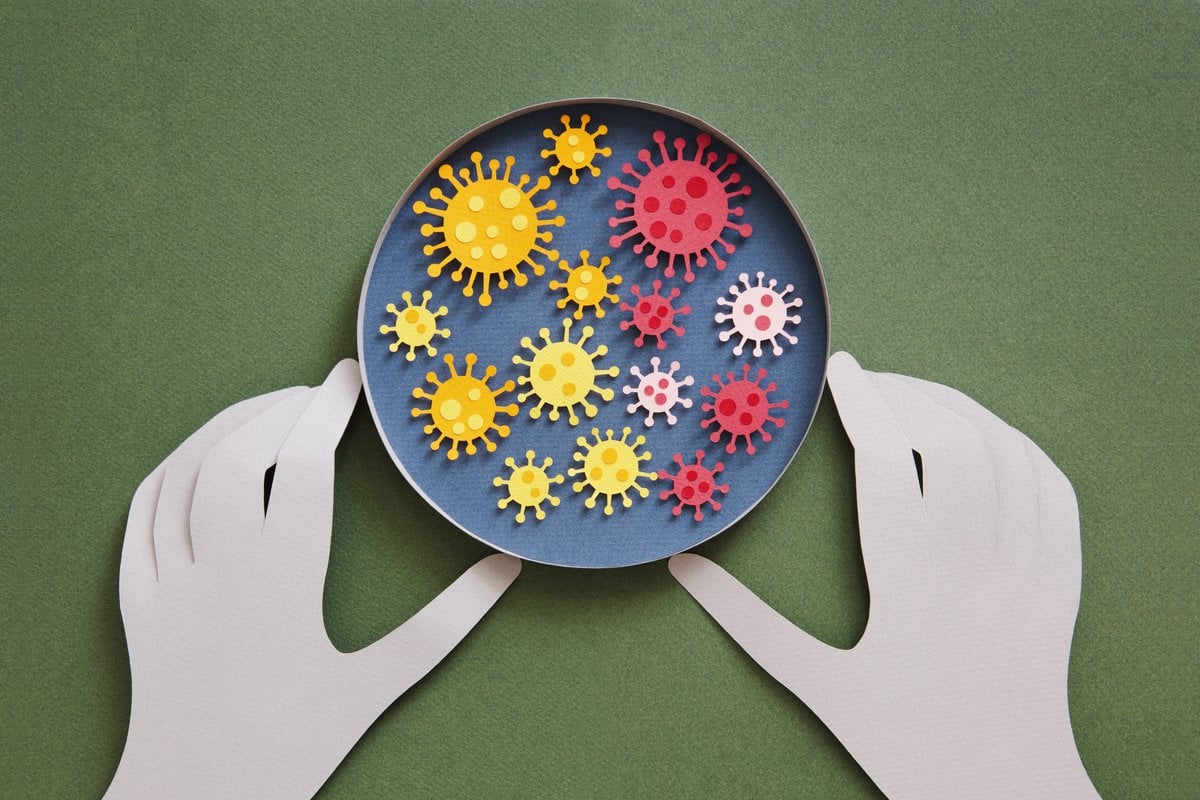
We have experienced many bumps in the road since 2020 and one would have to be extremely brave to predict what the pandemic may throw at us next.
But in terms of the endgame, many experts believe COVID will eventually become an endemic disease.
However, what this actually means is a source of considerable confusion. One of the main reasons for this is a misunderstanding of endemicity itself, and what COVID being an endemic disease would actually look like in the real world.
Let’s break it down.
What does 'epidemic' actually mean?
A disease is either epidemic or endemic.
The most straightforward explanation of an epidemic disease is that it’s one in which the number of cases in the community is unusually large or unexpected. When this occurs, it signals a need for public health action to bring disease transmission under control.
In the case of a pandemic – a worldwide epidemic – this occurs on a much larger scale. Depending on the infectiousness and severity of the disease, it can represent a global public health emergency, as we’ve seen with COVID.
When you have the emergence of a completely new virus like SARS-CoV-2 that has the potential to cause severe illness while also being highly transmissible, the lack of any immunity among the population results in the drivers for disease spread being incredibly strong.
A disease being epidemic indicates there’s an imbalance between these drivers of disease spread and the factors limiting spread in the community. In short, it means the drivers for disease spread overpower the factors limiting spread.

Top Comments